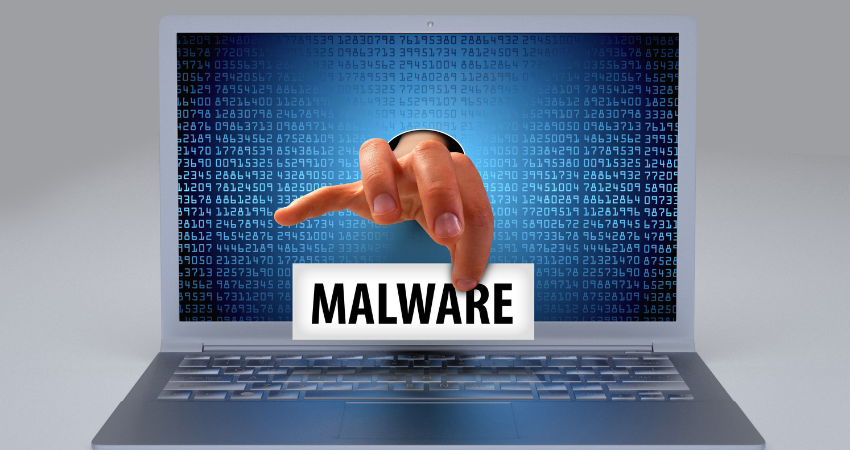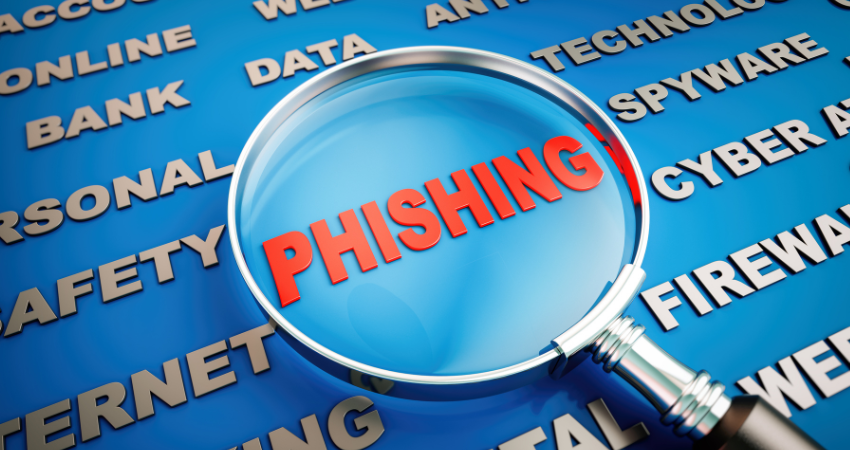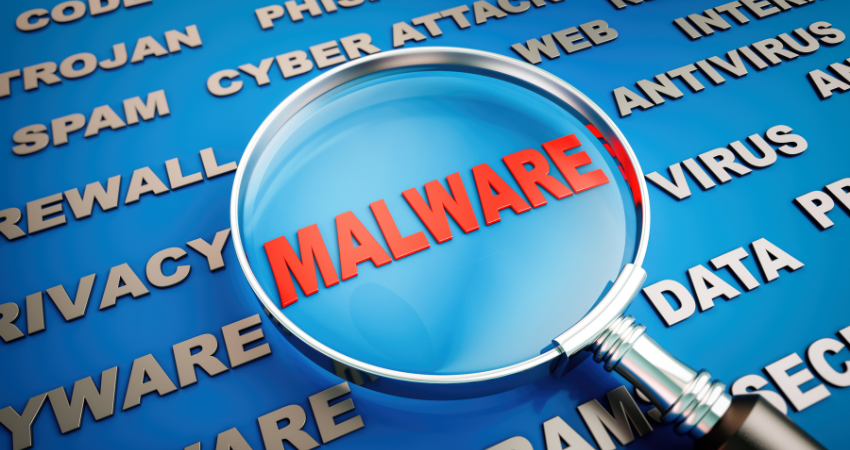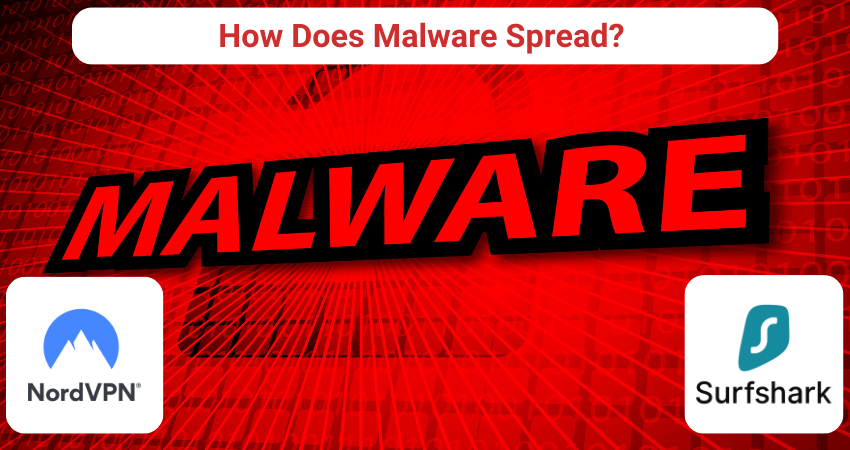Malware is a persistent thorn in the side of businesses and individuals alike. With new malicious software emerging every day, understanding how malware spreads is a critical step in safeguarding your digital assets. This article unravels the complex web of malware delivery methods, offering practical steps to fortify your digital defenses.
The Scope of Malware

Just as physical diseases have various modes of transmission, malware exploits a variety of channels to infiltrate systems. Let’s dissect the most prevalent malware delivery methods.
Phishing: The Deceptive Bait
Phishing is a crafty malware delivery method where threat actors masquerade as legitimate entities to dupe victims into revealing sensitive information or installing malware.

Did you know? Approximately 3.4 billion phishing emails are transmitted every day!
Phishing perpetrators employ a myriad of tactics. They could pose as a trustworthy organization—like a bank or online store—asking you to click on a link or download an attachment. This action triggers the download and execution of the malware.
Diverse Forms of Phishing
Phishing doesn’t adopt a one-size-fits-all approach. It comes in multiple variants:
- In mass phishing, the attacker indiscriminately sends phishing emails to thousands or millions of people.
- Spear phishing, on the other hand, is more refined. It targets specific individuals within an organization to gain access to valuable data.
- Whaling attacks focus on high-ranking individuals with access to sensitive information.
Prevention against Phishing
Here are some actionable strategies to counter phishing attacks:
- Web Filtering: Cybersecurity solutions like Emsisoft Anti-Malware employ web filtering to block malicious websites, thwarting potential phishing threats. It maintains an extensive database of malicious and dangerous hosts, continually updated to provide protection against the latest threats.
- Staff Training: Since phishing exploits human tendencies, educating your team is a potent mitigation strategy. Training should revolve around recognizing phishing indicators—typographical errors, odd URLs, and unsolicited email attachments—and reporting suspicious emails to IT teams.
- Email Authentication: Businesses can use several email authentication protocols to verify email authenticity. These include:
- Sender Policy Framework (SPF): Allows domain owners to specify which IP addresses can send emails on their behalf.
- DomainKeys Identified Mail (DKIM): Uses digital signatures to verify that an email message is sent by an authorized sender and hasn’t been tampered with in transit.
- Domain-based Message Authentication, Reporting, and Conformance (DMARC): Builds on SPF and DKIM to provide more robust email authentication.
Compromised Credentials: The Unseen Threat

Threat actors have multiple ways of acquiring login credentials—they might purchase them on the dark web, trick users into revealing their passwords on fake sites, or install keyloggers that record keystrokes. Once they have the credentials in hand, they can wreak havoc within the breached account’s privileges.
Keeping Credentials Secure
Here’s how you can secure your credentials:
- Two-factor authentication (2FA): 2FA requires users to provide two forms of authentication, adding an extra layer of security. Even if a staff member’s credentials are compromised, threat actors can’t access the account without the secondary authentication.
- Password Managers: Encourage the use of trusted password managers to securely store all passwords. It mitigates the risk of using the same password for multiple accounts, which could be a potential security loophole.
- Principle of Least Privilege: This security concept involves granting users the minimum level of access they need to perform their job function. It limits the damage in case of a security breach.
Exploit Kits: The Silent Intruder
Exploit kits are toolkits that threat actors use to detect and exploit known security vulnerabilities in client-side software. They reside on compromised websites and, when a user visits such a site, the exploit kit scans the system for vulnerabilities and attempts to exploit them to deliver malware—this is called a drive-by download.
Avoiding Exploit Kits
Here’s how you can steer clear of exploit kits:
- Apply Updates: Regularly applying security updates is key as most exploit kits exploit known security vulnerabilities. The longer you delay installing security updates, the higher the odds of falling victim to an exploit.
- System Hardening: Install only the necessary software for each individual’s job function, and remove unnecessary applications, including unnecessary browser extensions and system tools.
Compromised Managed Service Providers (MSPs)

MSPs are attractive targets for cybercriminals because a single compromised MSP can offer access to the networks of multiple clients. MSPs need to implement robust security measures to protect themselves and their clients.
Mitigating Malware Delivered Through MSPs
Here are some steps you can take:
- Be Selective: When choosing an MSP, research their credentials and track record. Question their security processes, incident response plan, and compliance structures. Ensure all these are documented in your service agreements.
- Use 2FA on RMM Software: Using 2FA on Remote Monitoring and Management (RMM) software can significantly reduce the risk of a security breach.
Pirated Software: The Trojan Horse
Pirated software is not just illegal—it’s also a common source of malware. Threat actors use pirated software to deliver a wide range of malware, including keyloggers, ransomware, trojans, backdoors, and more.
Avoiding Malware Infections from Pirated Software
Here’s how to stay safe:
- Avoid Pirated Software: Pirated software usually doesn’t receive timely updates, increasing your vulnerability to exploitation. Opt for freeware or freemium applications instead.
- Don’t Browse Torrent Sites: Websites hosting pirated software often contain ads that can redirect users to malicious websites or trick them into downloading malware.
Wrapping Up
Understanding how malware spreads equips you with the knowledge to secure your network effectively. By being aware of these attack vectors—phishing attacks, compromised credentials, exploit kits, compromised MSPs, and pirated software—you can take the appropriate precautions to fortify your defenses.
Embrace this guide as a stepping stone in your journey to cybersecurity mastery. Stay informed, stay vigilant, and most importantly, stay safe.





